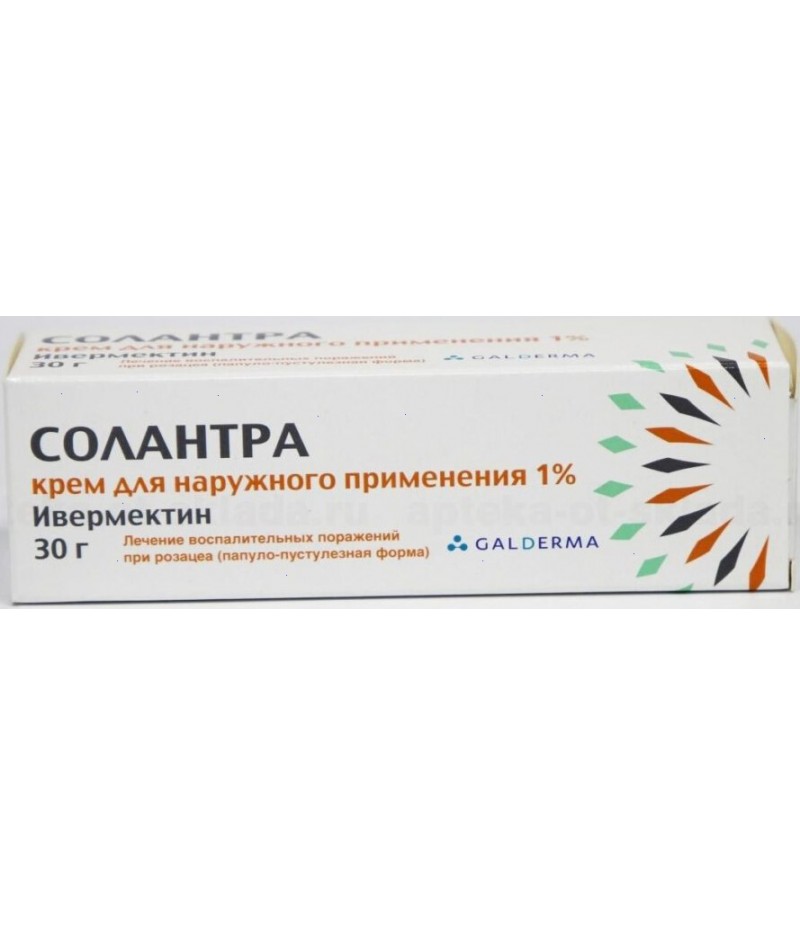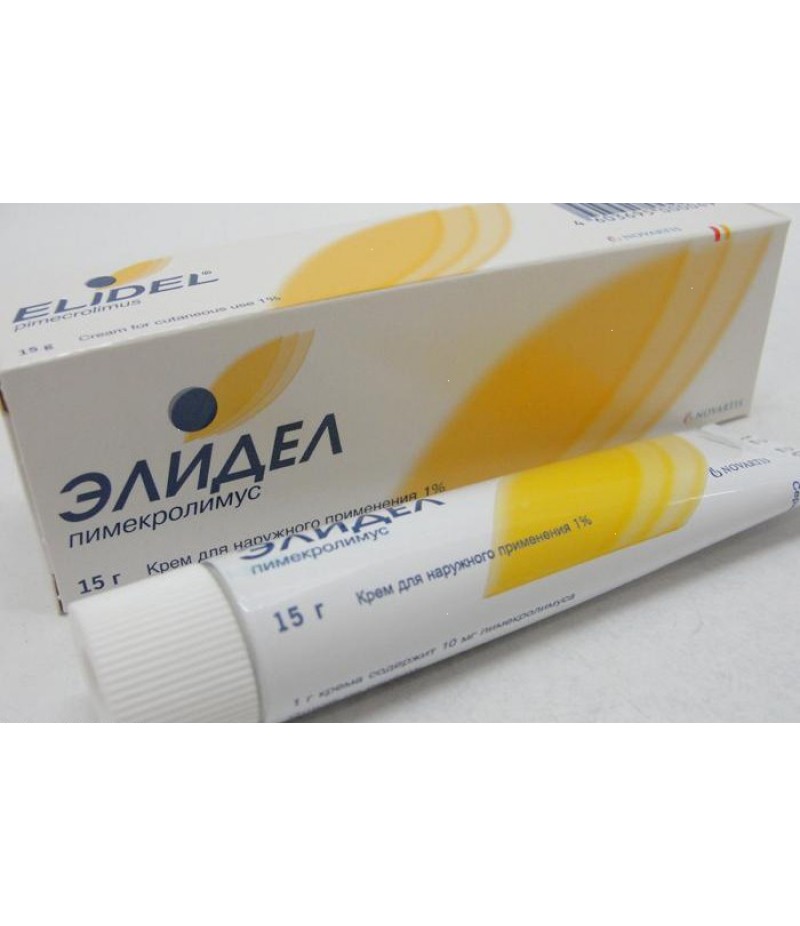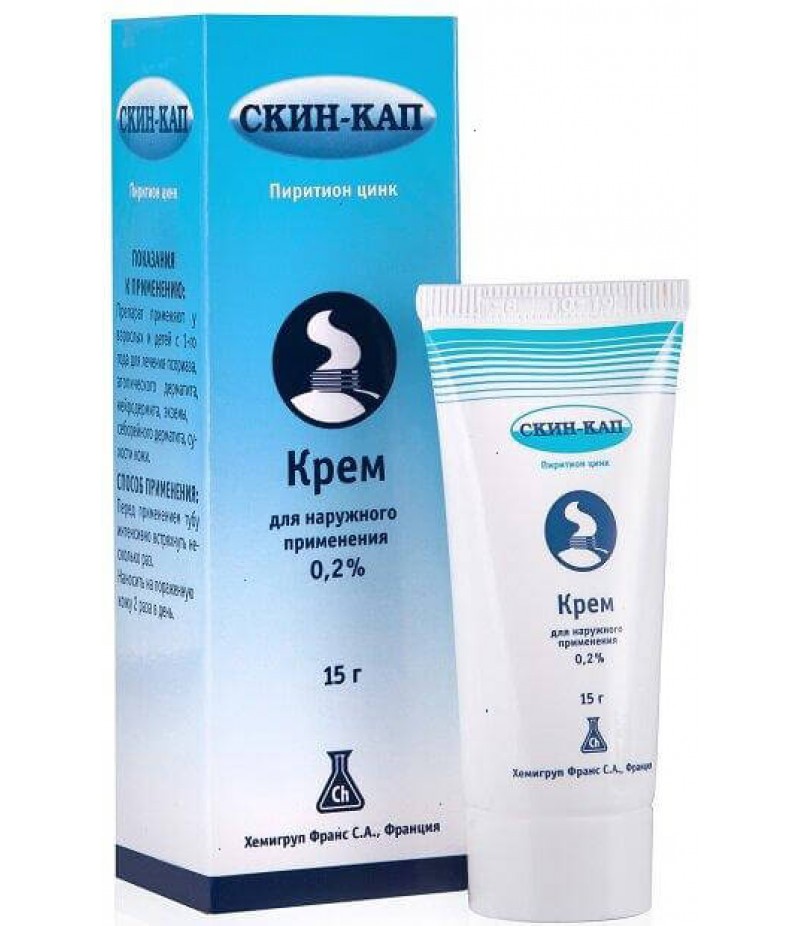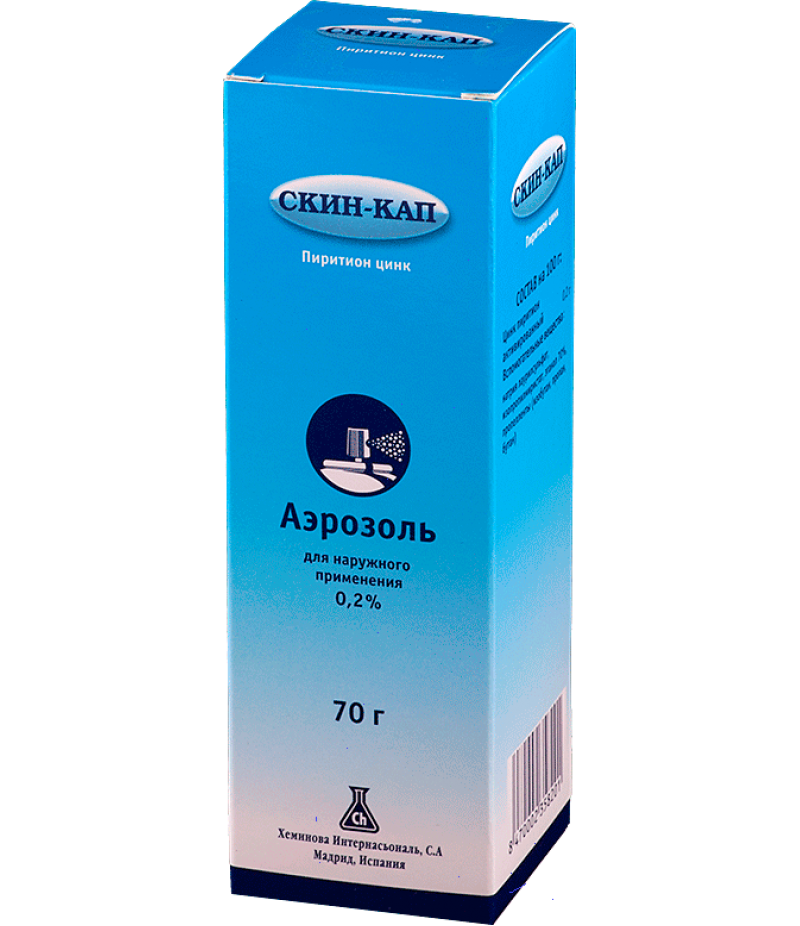Solantra cream 1% 30gr
- $44.90
- 2 or more $43.70
- 3 or more $42.50
- Availability:In Stock
Solantra instruction for useYou can buy Solantra hereRelease form, composition and packagingCream for external use 1% from white to light yellow color.1 givermectin 10 mgExcipients: glycerol - 40 mg, isopropyl palmitate - 40 mg, c..
Tags: cream
Solantra instruction for use
You can buy Solantra here
Release form, composition and packaging
Cream for external use 1% from white to light yellow color.
1 g
ivermectin 10 mg
Excipients: glycerol - 40 mg, isopropyl palmitate - 40 mg, carbomer type B copolymer - 2 mg, dimethicone 20 Cst - 5 mg, disodium edetate - 0.5 mg, citric acid monohydrate - 0.5 mg, cetyl alcohol - 35 mg, stearyl alcohol - 25 mg, macrogol cetostearyl ether - 30 mg, sorbitan stearate - 20 mg, methyl parahydroxybenzoate - 2 mg, propyl parahydroxybenzoate - 1 mg, phenoxyethanol - 10 mg, propylene glycol - 20 mg, oleyl alcohol - 20 mg, sodium hydroxide solution 10% - up to pH 6.3 ± 0.3, purified water - up to 1000 mg.
15 g - laminated tubes (1) - packs cardboard.
30 g - laminated tubes (1) - packs cardboard.
pharmachologic effect
Ivermectin belongs to the group of avermectin, which has an anti-inflammatory effect by suppressing the production of inflammatory cytokines induced by lipopolysaccharides. Anti-inflammatory properties of ivermectin for external use were observed on models of skin inflammation in animals. Ivermectin also causes the death of parasites, mainly through selective binding and high affinity for glutamate-regulated chlorine channels found in the nerve and muscle cells of invertebrates. The mechanism of action of the drug Solantra in the treatment of inflammatory skin lesions in rosacea is not known, but may be associated with both the anti-inflammatory effects of ivermectin, and the ability of ivermectin to cause the death of Demodex ticks, which, in turn, are a factor in inflammation of the skin.
Pharmacokinetics
Suction
Absorption of ivermectin contained in the Solantra preparation was evaluated in a clinical trial involving adult patients with severe papulopustular rosacea who used the maximum allowable dose of the drug. In the equilibrium state (after 2 weeks of treatment), the highest average (± standard deviation) plasma concentrations of ivermectin were observed within 10 ± 8 h after administration of the drug (Cmax 2.1 ± 1.0 ng / ml, range 0.7-4.0 ng / ml) and the highest average (± standard deviation) AUC0-24 h was 36 ± 16 ng × h / ml, range 14–75 ng × h / ml). Systemic exposure to ivermectin reached a plateau by the end of the second week of treatment in an equilibrium state. With longer treatment in phase 3 studies, the systemic exposure of ivermectin remained the same as after two weeks of treatment. Under conditions of equilibrium concentration, the systemic exposure levels of ivermectin (AUC0-24 h 36 ± 16 ng × h / ml) were lower than after a single oral administration of 6 mg ivermectin in healthy volunteers (AUC0-24 h 134 ± 66 ng × h / ml) .
Distribution
An in vitro study showed that the binding of ivermectin to plasma proteins (primarily albumin) is more than 99%. No significant binding of ivermectin to erythrocytes was observed.
Metabolism
In in vitro studies using human liver microsomes and recombinant CYP450 enzymes, it was noted that ivermectin is metabolized mainly with the participation of CYP3A4 inhibitors.
In vitro studies have shown that ivermectin does not inhibit isoenzymes of CYP450 1A2, 2A6, 2B6, 2C8, 2C9, 2C19, 2D6, 3A4, 4A11 or 2E1. Ivermectin does not induce the expression of CYP450 enzymes (1A2, 2B6, 2C9 or 3A4) in the culture of human hepatocytes. Two major metabolites of ivermectin (3 "-O-demethyl ivermectin and 4a-hydroxy ivermectin) were detected during a clinical study of pharmacokinetics using the maximum dose of the drug and studied during phase 2 of clinical studies. Like the original compound, the metabolites reached an equilibrium state by the end of the second weeks of treatment, signs of accumulation were not observed during the period up to 12 weeks.In addition, systemic exposure of metabolites (estimated using Cmax and AUC), obtained at an equilibrium state, was and much lower than those after taking ivermectin orally.
Removal
The final T1 / 2, on average, was 6 days (approximately 145 hours, a range of 92-238 hours) in patients who applied the drug to the skin 1 time / day for 28 days during a clinical study of pharmacokinetics using the maximum dose of the drug. Removal from the body depends on the degree of absorption after the external application of Solantra cream.
The pharmacokinetics of ivermectin has not been studied in patients with impaired liver and kidney function.
Indications
- treatment of inflammatory skin lesions in rosacea (papulopustular form) in adult patients.
Contraindications for Solantra
- hypersensitivity to the active substance or any other component of the drug;
- pregnancy;
- breastfeeding period;
- children's age up to 18 years (safety and efficacy of the drug for this age group has not been studied).
With care: abnormal liver function.
Dosage
For external use only.
Apply the cream Solantra 1 time / day every day for the entire course of treatment - up to 4 months. If necessary, the treatment can be repeated.
In the absence of improvement after 3 months of treatment, treatment should be discontinued.
Apply a small amount of cream (about the size of a pea) on the skin of each of the five facial areas: forehead, chin, nose and cheeks. To distribute the drug in a thin layer over the entire face, avoiding contact with eyes, lips and mucous membranes.
The drug Solantra should be applied only to the face.
In patients with impaired renal function and in elderly patients, dose adjustment is not required.
Side effects of Solantra
When conducting clinical trials, most often (<1%) in patients treated with the drug, such adverse reactions as burning sensation, skin irritation, itching and dry skin were observed. As a rule, these reactions are mild or moderate and usually subside with continued therapy.
There were no significant differences in the safety profile of patients aged 18 to 65 years and patients over the age of 65 years.
The undesirable reactions obtained during the clinical trials of the drug Solantra are presented in Table 1. Definition of the categories of the frequency of adverse reactions: very often (≥1 / 10), often (≥1 / 100 to <1/10), infrequently (from ≥1 / 1 000 to <1/100), rarely (from ≥1 / 10 000 to <1/1 000), very rarely (<1/10 000), is unknown (impossible to estimate, based on the available data).
Table 1.
The frequency of occurrence of adverse reactions
Skin and Subcutaneous Tissues
Often - Feeling of burning skin
Infrequent - Skin irritation, itching, dry skin
Unknown - Contact dermatitis, allergic reactions, erythema *
* data of post-registration observations
If any of these side effects worsen, or any other side effects are noted, you should immediately inform your doctor.
Overdose
Reports of cases of overdose Solantra not registered.
In case of accidental or significant effect of unknown quantities of veterinary dosage forms of ivermectin on a person (ingestion, inhalation, parenteral administration, or contact with the body surface), the most common symptoms were: skin rash, swelling of the face, eyelid edema, headache, dizziness, asthenia, nausea , vomiting and diarrhea. Other reported adverse reactions include cramps, ataxia, shortness of breath, abdominal pain, paresthesia, urticaria, and contact dermatitis.
Treatment: to prevent ingestion of ingested medication, vomiting and / or urgent gastric lavage may be indicated, followed by the use of laxatives and other measures to eliminate intoxication. In case of accidental ingestion of the drug, symptomatic therapy is carried out, including parenteral administration of fluids and electrolytes, respiratory support (ensuring oxygen supply and, if necessary, mechanical ventilation) and vasopressors (if there is a pronounced decrease in blood pressure).
Drug interaction
Research on the interaction of the drug with other drugs was not conducted.
The simultaneous use of Solantra cream with other drugs for external and systemic use for the treatment of rosacea has not been studied.
Caution should be exercised with the simultaneous use of ivermectin with potent inhibitors of CYP3A4, since the drug concentration in the blood plasma can increase significantly.
special instructions
Solantra contains: cetyl alcohol and stearyl alcohol, which can cause local reactions from the skin (for example, contact dermatitis); methyl parahydroxybenzoate (E218) and propyl parahydroxybenzoate (E216), which can cause allergic reactions (including those of a delayed type); propylene glycol, which can cause skin irritation.
Wash your hands after applying the medicine. After the drug has dried, you can apply cosmetics.
Influence on ability to drive vehicles and mechanisms
The drug Solantra does not affect or only slightly affects the ability to drive vehicles and work with mechanisms.
Pregnancy and lactation
Data on the use of ivermectin in pregnant women is limited or absent.
Studies of reproductive toxicity while taking ivermectin orally have shown that the drug has teratogenic potential in rats and rabbits, however, due to low systemic effects when used externally at the recommended dosage, the drug has a low risk of fetotoxicity in humans. The use of the drug Solantra during pregnancy is not recommended.
After oral administration, low concentrations of ivermectin are excreted in breast milk. When using the drug externally, the release of ivermectin in breast milk has not been studied. Pharmacokinetic and toxicological data obtained from animal studies also indicate the release of ivermectin in breast milk. The risk to the infant cannot be excluded. If necessary, use the drug should consult with your doctor for a decision on the termination of breastfeeding.
Pharmacy sales terms
You can buy Solantra without a prescription.
Terms and conditions of storage
The drug should be stored out of the reach of children at a temperature not higher than 30 ° C. Shelf life - 2 years.





